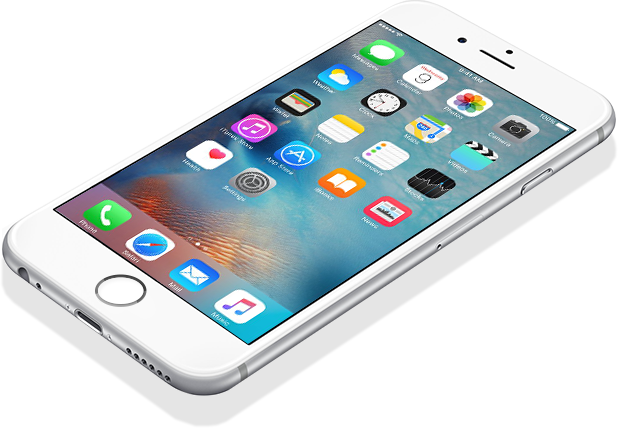An iPhone’s cache is a temporary storage area that holds information that is frequently used by the device’s applications. Over time, the cache can accumulate and, ironically, become counter-productive by slowing down the device. By looking at how to clear iPhone cache, we have compiled a how-to guide.
Symptoms that you have a cache problem include the device slowing down, running out of storage space, and performance issues such as lagging. Clearing the cache on an iPhone can help to resolve these issues and improve the overall performance of the device.
Here is a step-by-step guide on how to clear the cache on an iPhone:
Identify the app causing the problem
Before clearing the cache, it’s important to identify the app that is causing the issue. This can be done by checking the storage usage of each app in the iPhone’s Settings app. To do this, go to “Settings” > “General” > “iPhone Storage.” The storage usage for each app will be displayed, and you can determine which app is using the most storage and causing the problem.
Uninstall the app
Once you have identified the app causing the problem, you can uninstall it by holding down on the icon until it starts to wiggle and an “X” appears. Tap the “X” to delete the app, and then reinstall it from the App Store. This will remove the cache and other data associated with the app, and should resolve any performance issues. In fact, this can often clear up significant amounts of memory too, particularly with apps that have download large files offline like Spotify and Netflix.
It’s important to note though that uninstalling an app will remove all its data, including any saved preferences, login information, and other settings. You’ll have to re-enter this information once you re-install the app. However, if the app is causing performance issues, uninstalling and re-installing it is often the quickest and easiest way to resolve the problem.
Clear the Safari browser cache
In addition to clearing the cache for individual apps, it’s vital to clear the cache for the Safari browser. To do this, you don’t need to head to the Safari app like you may think. Instead, go to “Settings” > “Safari” > “Clear History and Website Data.” This will remove all the data associated with the Safari browser, including the cache, and should help to improve its performance.
The Safari browser cache stores data such as website images, cookies, and other information to make loading web pages faster and more efficient. Over time, this data can accumulate and cause performance issues. Clearing the cache for the Safari browser can help resolve these issues and improve the performance of the browser.
Restart the device
After clearing the cache for individual apps and the Safari browser, it’s important to restart the device to ensure that the changes take effect. To restart an iPhone, hold down the “Power” button until the “Slide to Power Off” option appears. Slide the slider to the right, and then wait for the device to shut down. Once it’s off, hold down the “Power” button again to turn it back on. While you’re at it, ensure the device is fully up to date.
Final Word
Clearing the cache on an iPhone can help to improve its performance and resolve any issues that may be caused by an accumulation of temporary data. By following the steps outlined above, you can effectively clear the cache on your device and enjoy a faster, more efficient user experience.





